The Samsung Galaxy Z Flip ($1,998) was first unveiled to the world with much fanfare and continues to charm with the Korea tech giant’s first foldable glass display. Engineered with foldable glass, the Galaxy Z Flip became a highly anticipated new addition to the foldable category that saw the device selling out within the first two days of its launch in Singapore.
Since most of us were content owners of non-foldable phones, we were skeptical over the hype of yet another foldable phone. But, thanks to the team at Samsung, we were granted 24-hours with the highly-coveted Galaxy Z Flip to see if it is really worth the hype. Here’s our review.
Design

We unboxed the Samsung Galaxy Z Flip to the device in its extended form. Like any eager beaver, we took it out of the box and immediately folded it in half — as it was intended to. The compact design fits nicely into the palm, though it did take a bit of getting used to holding half the length of a smartphone. It did, however, remind us of a sleeker version of the clamshell phone models that were all the rage in the nineties.

When unfolded, the Galaxy Z Flip opens to an impressive 6.7-inch display — like a regular smartphone. The back casing is a stylish glossy purple colour that included sleek rounded corners (as part of the design) which made holding the phone comfortable either way. However, because of its glossy surface, this also made it easier for us to leave visible fingerprints. This can be remedied, of course, with the addition of the phone case but it is definitely something to consider if you’re someone who prefers your phone au naturel.
The Hideaway Hinge

A particularly great touch for the Galaxy Z Flip is the hideaway hinge which makes the fold action feel smooth and stable. It also gives the phone the ability to stay open at different angles without the worry of unintentionally snapping close. When the phone is extended to its full length, the hinge stays hidden, which is a bonus in the phone’s overall aesthetics. This new hinge system integrates Samsung’s new sweeper technology as well, which uses nylon fibres to repel dirt and dust.
Even with this snazzy and sturdy-looking hinge, the action of opening and closing was worrying to us since Samsung did mention that the Galaxy Z Flip would last 200,000 times without breaking. So, should we be expecting a broken phone when we hit that quota?
Foldable Glass Display

From Huawei’s Mate X to Samsung’s Galaxy Fold, the foldable smartphone concept has gained significant traction in the smartphone market. While tech brands are definitely eager to show off each new innovation, we think consumers may need more persuasion. Will this phone be convincing enough to appeal to the masses?
Riding on the foldable trend, the key feature of the Galaxy Z Flip is its Infinity Flex Display which uses Samsung’s proprietary bendable Ultra-Thin Glass(UTG). The display is said to be a first-of-its-kind foldable glass which offers the phone a premium look and feel, without any notch for distraction. Here’s a closer look at their foldable glass.

When we first interacted with the phone, the lightweight feel of the device made us a little skeptical of the durability of the phone as we were not sure if this would withstand heavy-duty usage.

We were left guessing about the make of the display when we came across a YouTube video that tested the durability of the glass display. As glass is meant to be more scratch-resistant, we were surprised to see instant scratch marks (more common with plastic-made displays) on the Galaxy Z Flip.
And, it is not just the fragility that got us evaluating if the phone was good for daily use. We also found that the obvious crease in the middle can be a visual block to work around, especially if you enjoy watching videos or playing games on your phone. While we did find a way to work around this issue, we don’t think that finding the right location to reflect incoming light can be a sustainable solution in the long run.
Flex Mode and Hands-Free Experience
Designed exclusively for the Galaxy Z Flip, the new feature, aptly named flex mode, is how Samsung helps users enhance the foldable experience that comes with the flexibility of the phone.

Flex Mode is enabled when your phone is partially folded. Apps will reorient to fit the screen, letting you send messages or browse the web without holding the phone — kinda like a mini laptop. You just set the phone somewhere flat, and use the bottom half of the screen to navigate.
We tried this feature out for a selfie, and the Galaxy Z Flip automatically splits the screen into two — with the camera on the top screen and the ability to control the feature on the bottom screen. Though a little unnecessary for other tasks, we did find it handy for helping us to find the right angles without using our arms to measure the length.
Although the function is currently only applicable to select Samsung native apps such as the Camera, Gallery, AOD and Google Duo, Samsung is working towards activating the function on third-party apps.
Camera
While the Samsung Galaxy Z Flip prides itself in its revolutionary folding design, they didn’t disappoint with their built-in cameras. Though compact in size, the phone features a 10 MP F2.4 front camera alongside a 12 MP F2.2 123-degrees ultra-wide camera and a 12 MP F1.8 Dual Pixel OIS wide-angle camera on the rear.

A true way to test its camera feature was to put it to the test alongside an iPhone 11 Pro Max and a Huawei Mate 30 Pro.

From left to right: Huawei Mate 30 Pro, iPhone 11 Pro Max, and Samsung Galaxy Z Flip
Though the cameras on the Galaxy Z Flip may not be the best for a flagship model, it does take photos of similar quality with those in the Galaxy S10 range — which were voted amongst the best phone cameras of 2019.
When compared to the other photos, the Galaxy Z Flip still managed to take a decent sharp photo with a nice smoothing effect — unlike the Huawei Mate 30 Pro and their beauty filter-like smoothing effect which may not be for everyone. Much like the other models, Samsung’s image processing tends to develop photos with a higher saturation that looks more visually appealing while the iPhone sticks to more neutral and natural profiles.
Our Verdict
While we unanimously agree that the Samsung Galaxy Z Flip deserves all the hype, we definitely don’t think it is worth the hefty price tag.
The Samsung Galaxy Z Flip retails at $1,998 and is available at Samsung Concept Stores, SingTel, Starhub, M1, and at the Samsung Online Store. For more information, click here.

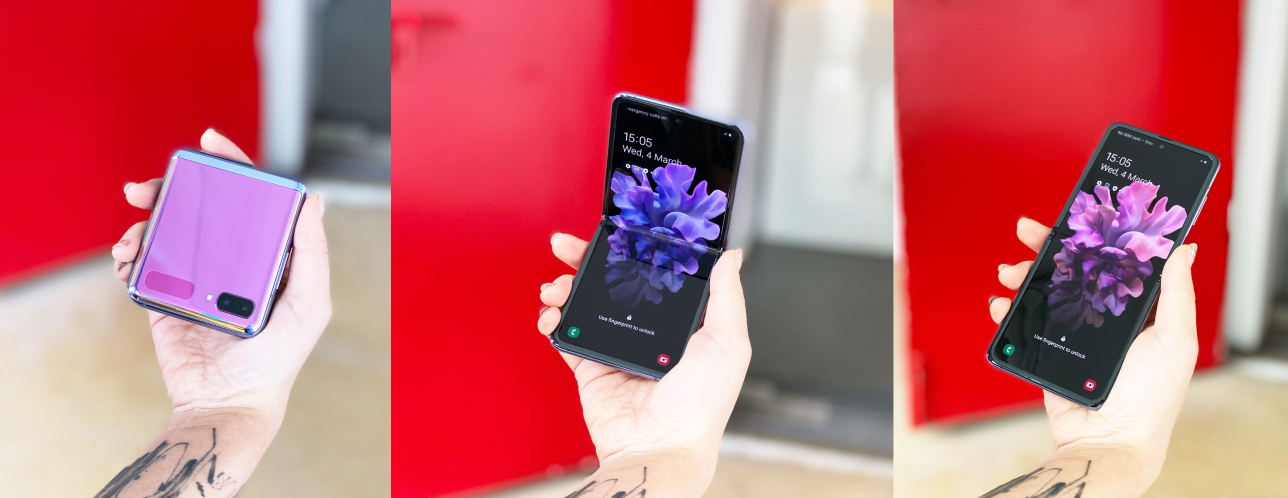

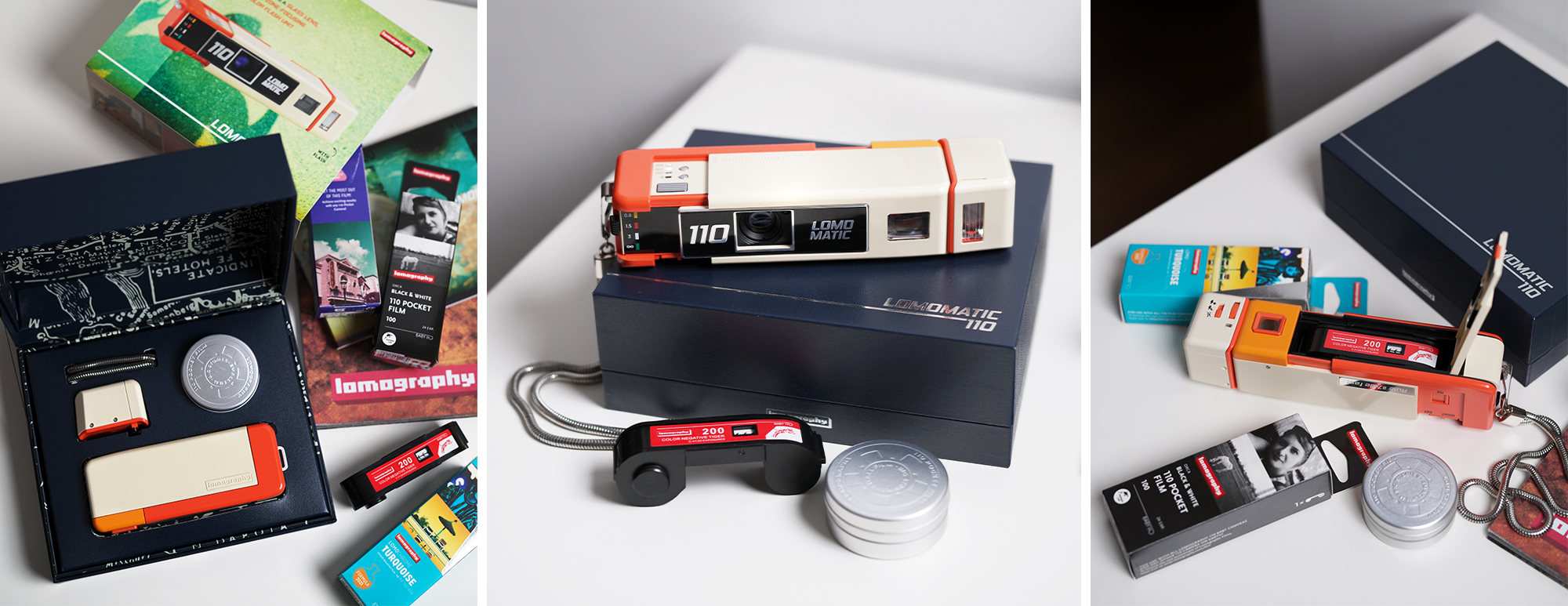
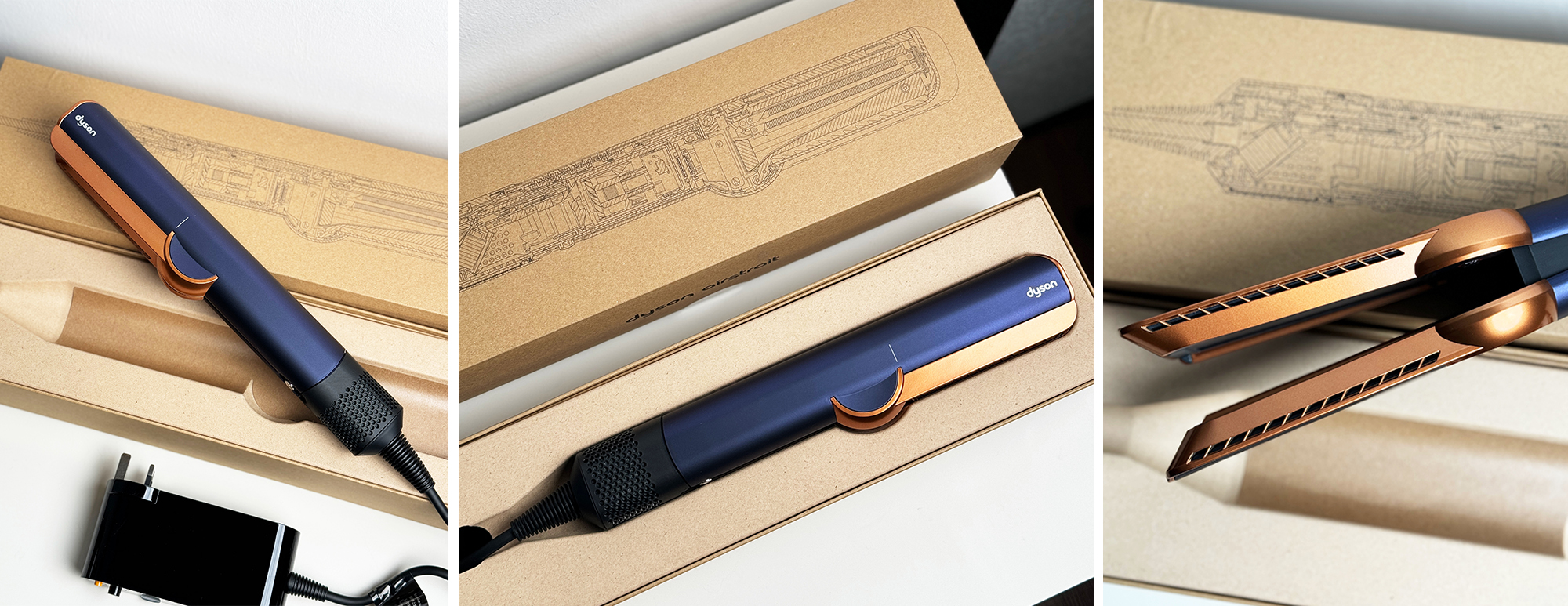
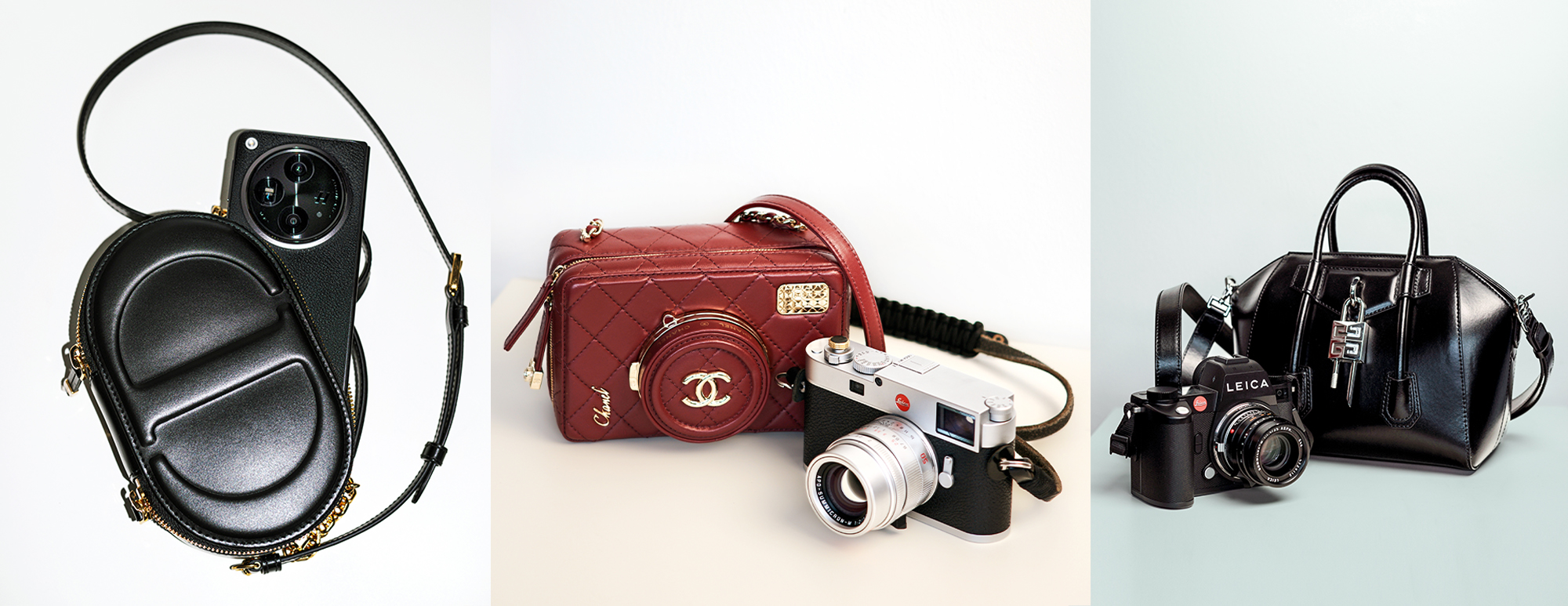
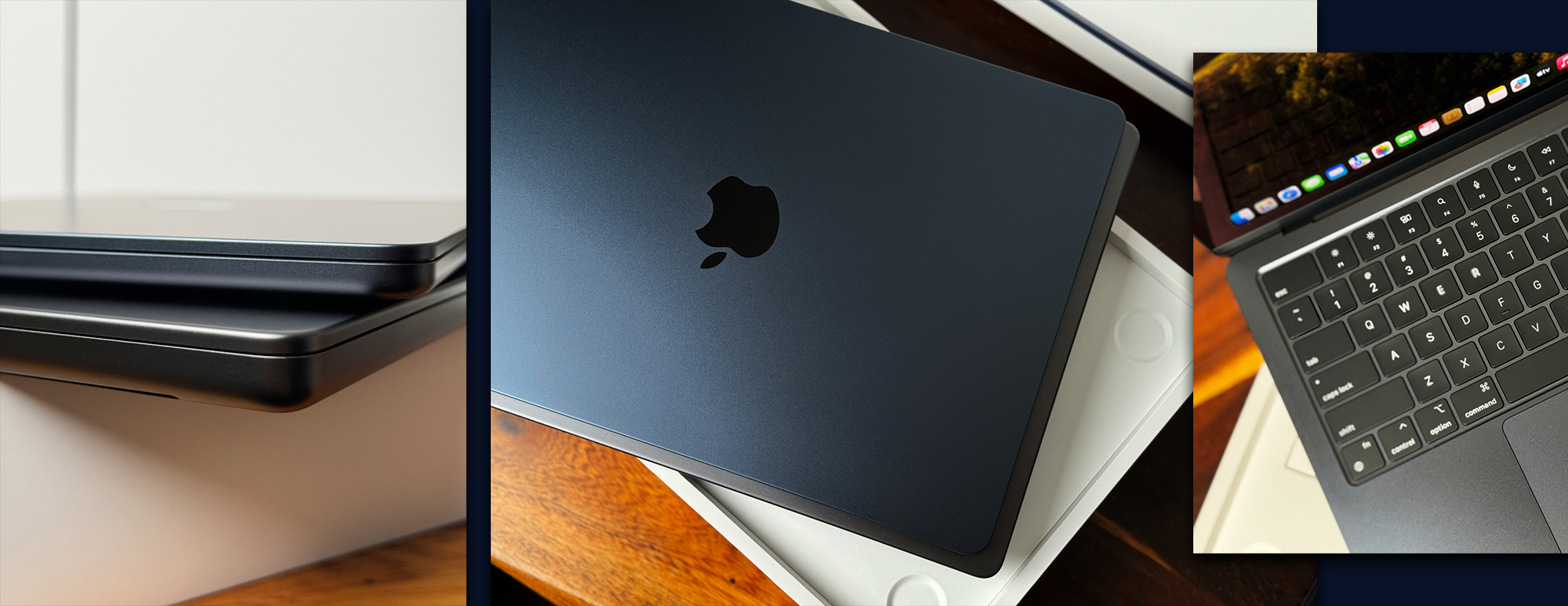


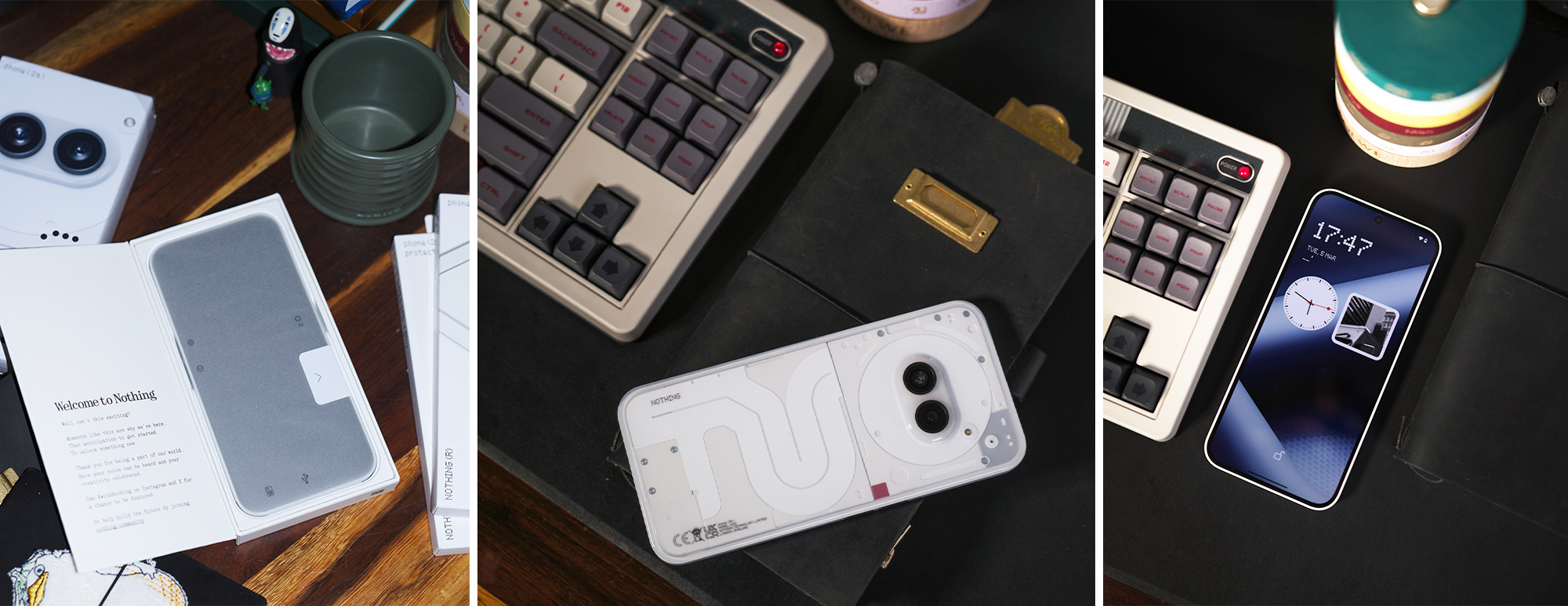

You must be logged in to post a comment.